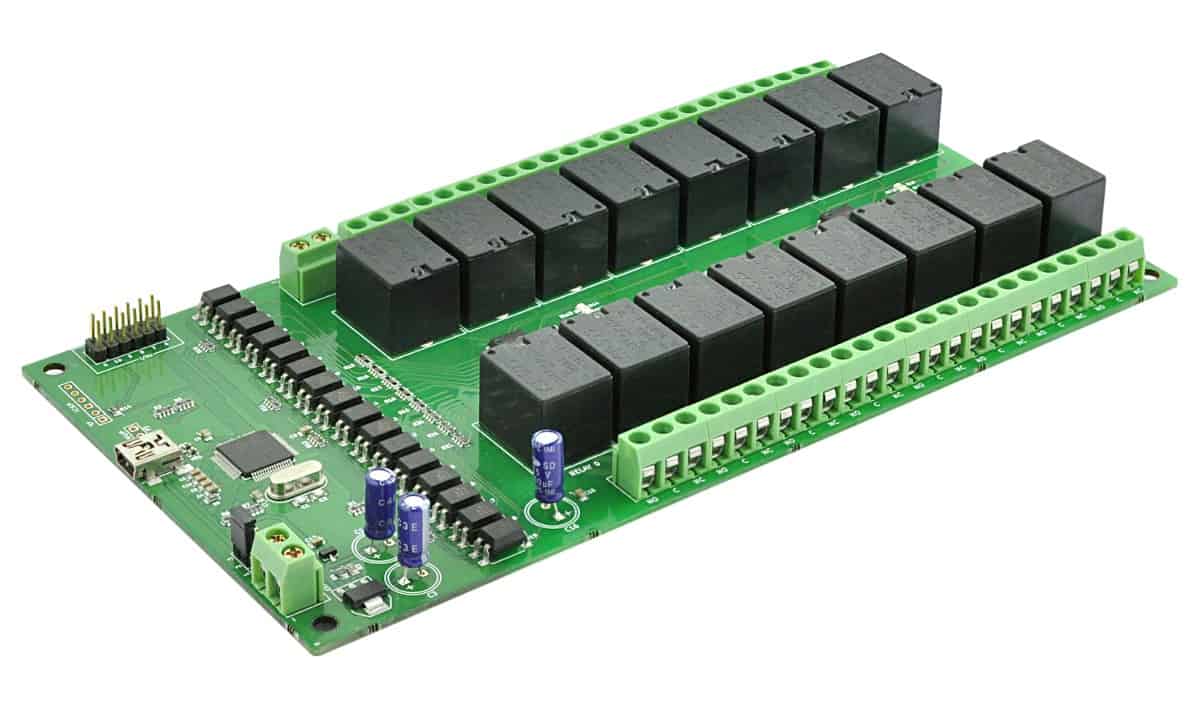

- #MAC OS X SERIAL TERMINAL EMULATOR HOW TO#
- #MAC OS X SERIAL TERMINAL EMULATOR MAC OS X#
- #MAC OS X SERIAL TERMINAL EMULATOR INSTALL#
- #MAC OS X SERIAL TERMINAL EMULATOR PROFESSIONAL#
" cs8" being the bit rate of router and " ixoff" specifying "No Flow Control". To connect to my MikroTik RB4011 router my screen command is: sudo screen /dev/ttyUSB0 115200 cs8 ixoff I use screen to connect to my router's serial port on my Mac.Īfter installing it- using either macports or homebrew depending on your preference- use the following syntax: sudo screen /dev/(serialDevice) (baudRate) (TransmissionRate) (flowControl) Next time you start it, it expects defaults you just configured and in my case ready to go from second 1. Esc and arrow down to exit menu.ĭo not forget to save default! | Save setup as dfl | Hardware flow control must be disabled for you to be able to send inputs to terminal in typical PL2303 USB to Serial cables.Įsc key is the Meta key for this program. | B - Lockfile Location : /usr/local/Cellar/minicom/2.7.1/var | | A - Serial Device : /dev/tty.usbserial-1440 | Press A to setup you USB to Serial device dev/tty.Bluetooth-Incoming-Port /dev/tty.usbserial-1440 Get address of your USB to Serial adapter: ls /dev/tty.* For example, on a PowerBook G4 it came up as /dev/tty.usbserial-FTALKY8I.
#MAC OS X SERIAL TERMINAL EMULATOR INSTALL#
Install the " Virtual COM Port" driver and look for the proper TTY name in /dev.

Many USB-Serial adapters use the chip from FTDI. Launchable app - use this older hint to find the right command line Minicom, you could still use the AppleScript to wrap it into a nice Interactive Unix App in Cocoa, that would be the next step - it wouldīe nice to do this without involving Terminal.
#MAC OS X SERIAL TERMINAL EMULATOR HOW TO#
If anyone can reply with a link to a tutorial on how to wrap an man screen will show you further commands to Session alive and the serial resource unavailable until you kill the If youįail to do this and exit a Terminal session, you'll leave the screen So typeĬontrol-A followed by Control-\ to exit your screen session. Screen uses Control-A to take commands directed to it. Something other than the Keyspan Serial Adapter (do an ls tty* of the The screen command with a different device name if you are using May want to customize this slightly - you can change the screenĬolors or number of columns or rows. Set custom title of window 1 to "SerialOut"Ĭompile and save as an app from within Script Editor, and you have aĭouble-clickable application to launch a serial Terminal session. Set normal text color of window 1 to "green" Set background color of window 1 to "black" Solution: Use screen,įirst, launch Script Editor and type/paste in the following code: tell application "Terminal"ĭo script with command "screen /dev/tty.KeySerial1" Of Fink or MacPorts and is overly complex. The developerĭoesn't seem in any hurry to rectify the situation. In five years or so, and isn't a Universal Binary.
#MAC OS X SERIAL TERMINAL EMULATOR MAC OS X#
Themselves: ZTerm is a horrible Mac OS X app. I often have to do router configuration via a console port, so I use a I love using for connecting to serial consoles, i.e. More advanced features are a scripting language with over 200 commands, complete redefinition of the keyboard, automatic invocation of macros, a host directory that can be shared over the network to name just a few.You can use the terminal command screen to do this!!! ZOC offers emulations like like Xterm, VT100, VT220, TN3270 and TN5250, Ansi-BBS and Ansi-SCO, TVI or Wyse as well as major file transfer protocols like SCP, X-, Y- Z modem as well as Kermit. Linux admins will feel like sitting on their native console with ZOC's support for Xterm colors and Xterm mouse, user defined layouts, meta-keys, local typing and local printing.
#MAC OS X SERIAL TERMINAL EMULATOR PROFESSIONAL#
ZOC is a professional telnet or Secure Shell (SSH) client and terminal emulator that consolidates connectivity to all your text based servers and remote gear under one roof.įunctions like tabbed sessions, versatile host directory, scripting and rock-solid implementations of emulations make it the preferred tool for users who access Unix shell accounts or IBM mainframes as well as for technicians who need to configure routers or program microcontrollers.


 0 kommentar(er)
0 kommentar(er)
